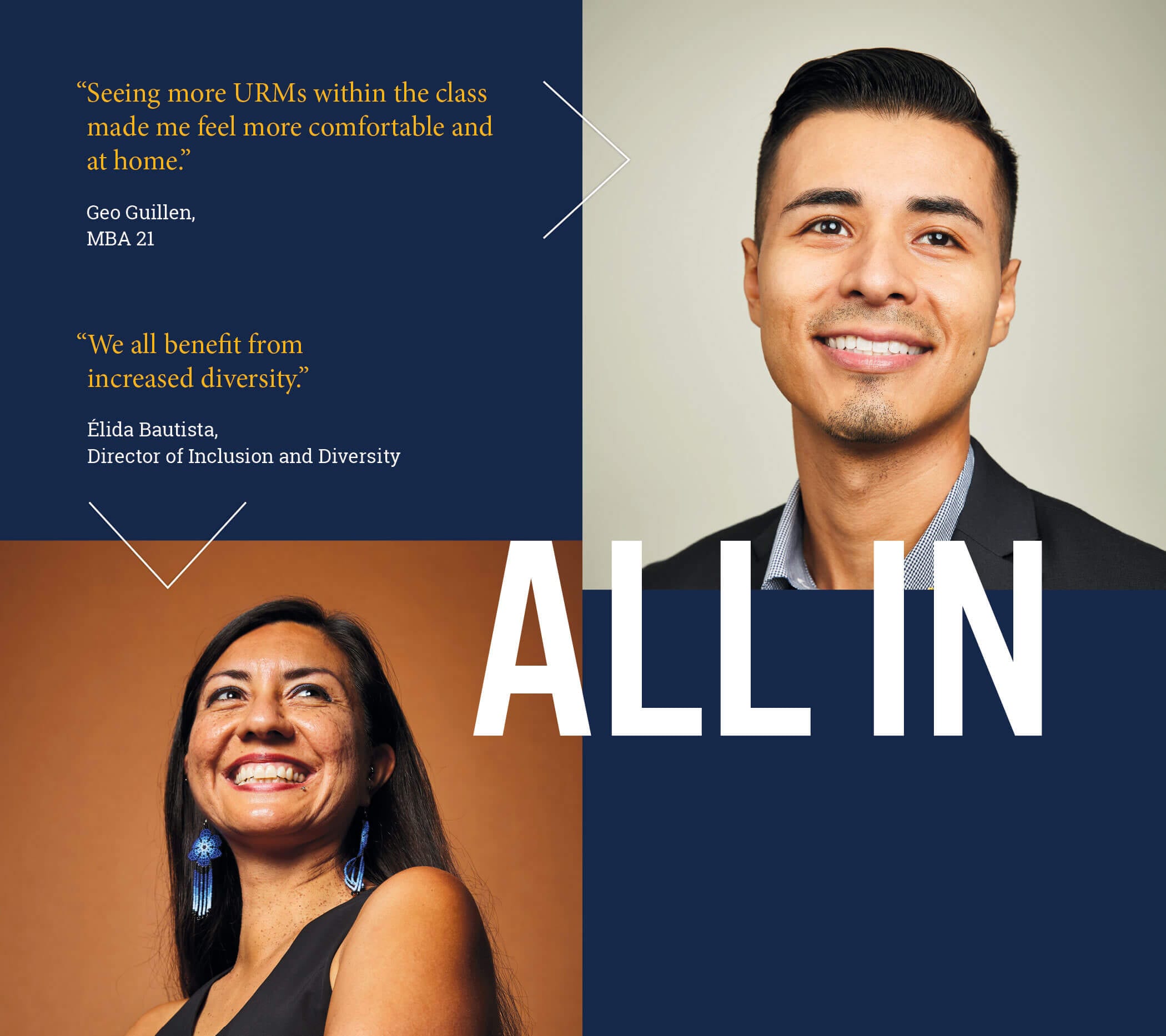The path to a diverse and inclusive Haas
Editor’s Note
In 2017 and 2018, Haas faced a significant decline in the number of African American students in its full-time MBA program, which highlighted the low percentage of underrepresented minorities at Haas overall. We look at the reasons behind this decline, our improvement in 2019, and our new path to boost enrollment and create an inclusive environment for all students, staff, faculty, and alumni, regardless of race or ethnicity, gender identity or expression, sexual orientation, religion, veteran status, or any number of identities.

“Haas is doing a good job educating the students who are here about the importance of diversity, equity, and inclusion.”
Nicole Austin-Thomas
MBA 21
Nicole Austin-Thomas’ first week at Haas was a whirlwind.
She attended a social event with her fellow members of The Consortium, an organization that provides scholarships to support diversity in MBA programs, followed by a week of new-student events, including a full day discussing diversity-related topics at Haas’ orientation. “Haas is doing a good job educating the students who are here about the importance of diversity, equity, and inclusion,” says Thomas, who is among 19 African American students to join the 2021 class—up threefold from last year.
But as one of only six African American women in her class—and the only one in her cohort of 70 (there are several African American men)—she says she’s hopeful more can be done. “In 2019, I wish it would look different,” she says.
Austin-Thomas is part of the first full-time MBA class to enter since Haas launched its all-school Diversity, Equity, and Inclusion (DEI) Action Plan last October aimed at addressing the low percentage of underrepresented minority (African American, Latinx, and Native American) students. The Action Plan outlines numerous measures, from changing admissions procedures to hiring key DEI staff and embedding a commitment to diversity and inclusion in senior leadership roles.
The plan was sparked by students and alumni after the number of African American students in incoming classes dropped from 19 to 10 to six over two consecutive years (see chart of enrollment numbers), despite increasing class sizes. Haas students and alumni took their concerns about the lack of racial diversity and inclusion to Haas administrators as well as to the influential MBA blog Poets & Quants and to social media, demanding change from the administration.
Senior Assistant Dean and Chief Strategy and Operating Officer Courtney Chandler, MBA 96, co-led Haas’ action plan team, a group of eight staff members who sought recommendations from numerous stakeholders, most especially students, as the basis for the plan, which aimed to reverse the trend with short- and long-term solutions.
Early signs are hopeful: 14% of this year’s incoming full-time MBA class are underrepresented minorities (URMs), compared with just 7% last year. The number of African American students jumped from six to 19; the number of Latinx students increased from 12 to 21; and the number of Native American students held steady at one.*
But it took a tumultuous year of soul searching and action to get here, with students and administrators persisting through some tough issues and uncomfortable conversations. And there is still much work to be done.
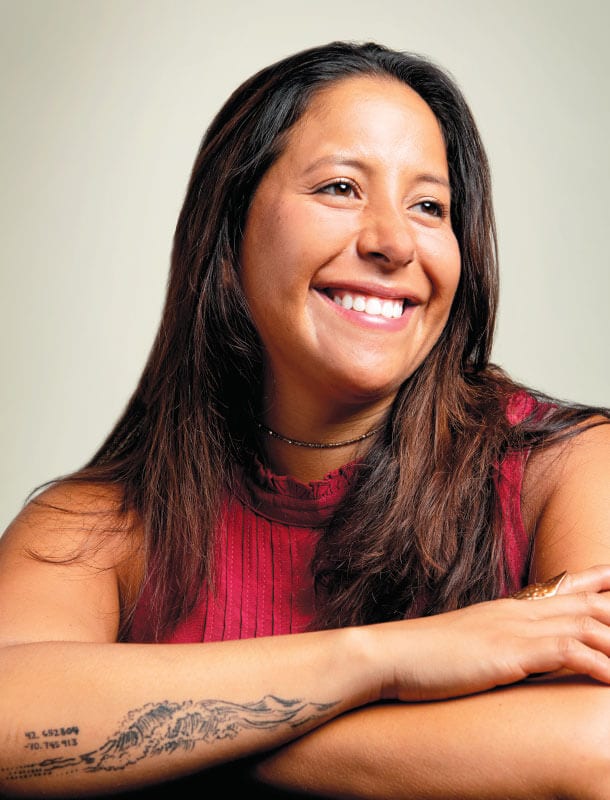
“We need to talk more about…what it looks like to make experiences more equitable for all marginalized people.”
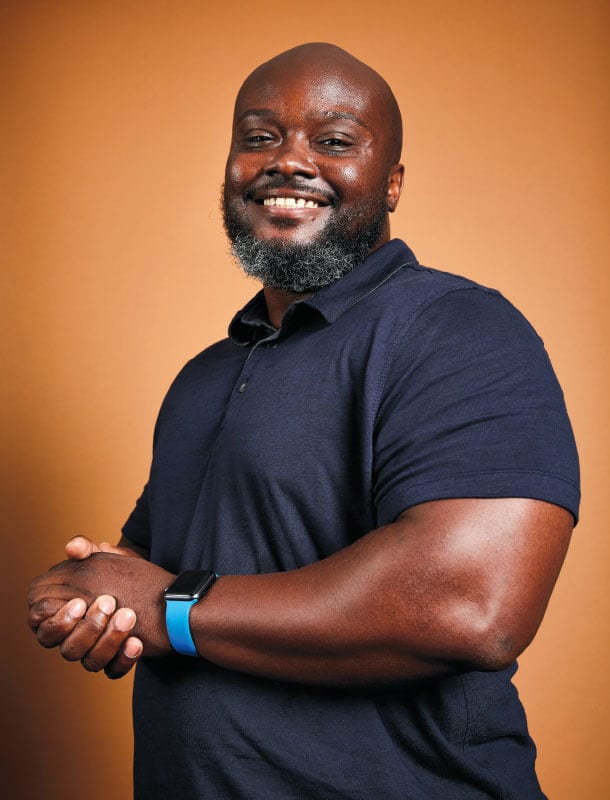
“Students got here and…were shocked at the demographics.”
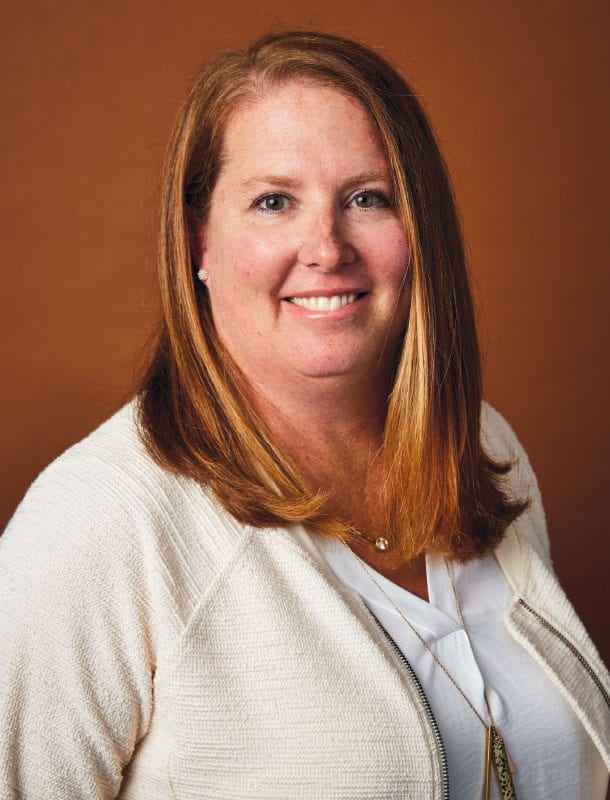
“Mobilization of this magnitude hadn’t happened before at Haas in my experience.”
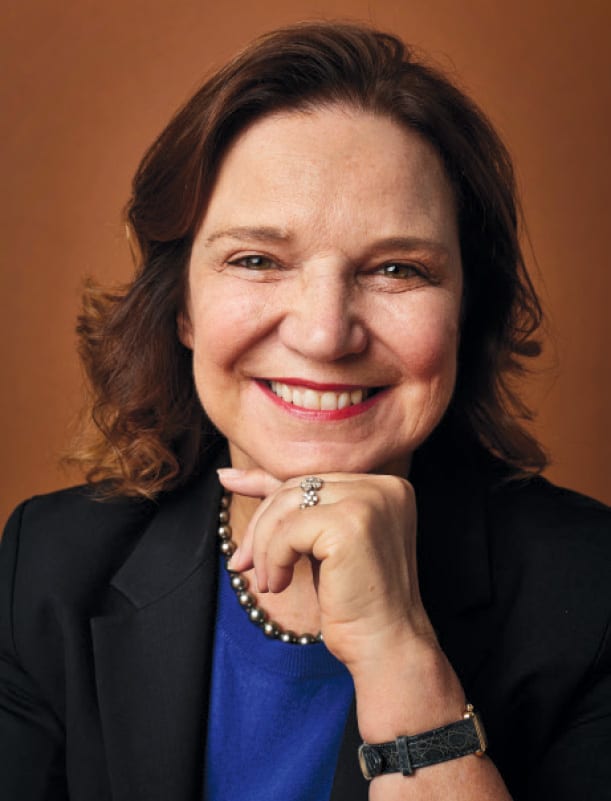
“It’s gratifying to see that our efforts are starting to take shape. And we’ll keep working until we get it right.”
Committing to DEI
New Haas Dean Ann Harrison, who arrived in January, has made DEI one of her top priorities. She met with student leaders, significantly increased scholarship funding for the incoming class, and completed the hiring of DEI veteran David Porter as the school’s first chief diversity, equity, and inclusion officer (CDEIO)—reporting directly to her.
“Bringing more underrepresented minority students to Haas and making sure that we create an inclusive environment for everyone is critical—and the work needed to happen quickly,” says Harrison. “It’s gratifying to see that our efforts are starting to take shape. And we’ll keep working until we get it right.”
Haas is not alone in its struggle to enroll a diverse class of students year to year: It’s a challenge for business schools nationwide. Part of the issue is the low number of URMs taking the GMAT. Just 8.3% of all U.S.-citizen examinees are African American, 8.5% are Latinx, and 1.1% are Native American, despite representing about 32% of the U.S. population combined—according to The Consortium for Graduate Study in Management, an organization dedicated to equal representation of URMs in MBA education and global management.
“Business schools, including Haas, have not had enough success in growing the pipeline of underrepresented minority applicants,” says Peter Johnson, assistant dean of the full-time MBA program and admissions. “We have to look beyond the GMAT to solve this issue.”
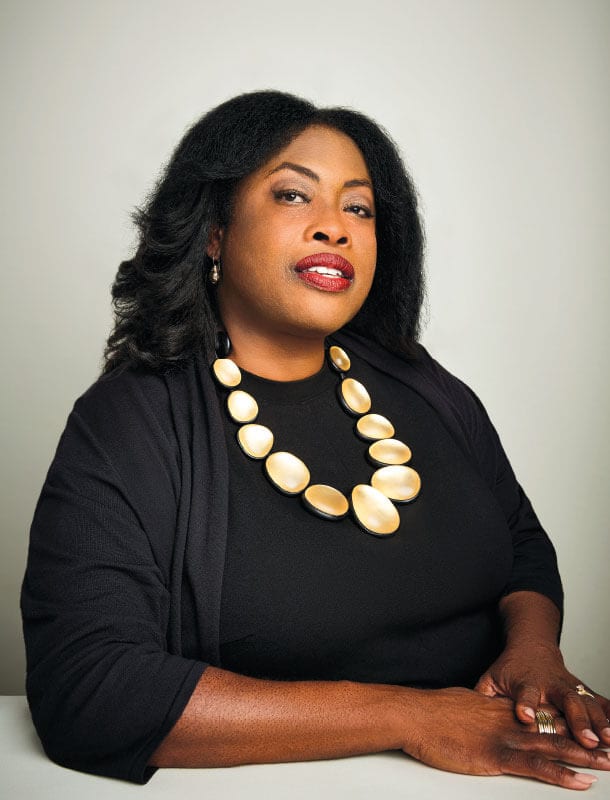
“My view is that Prop 209 is a crutch. The school failed to live by two of its Defining Principles: questioning the status quo and going beyond yourself.”
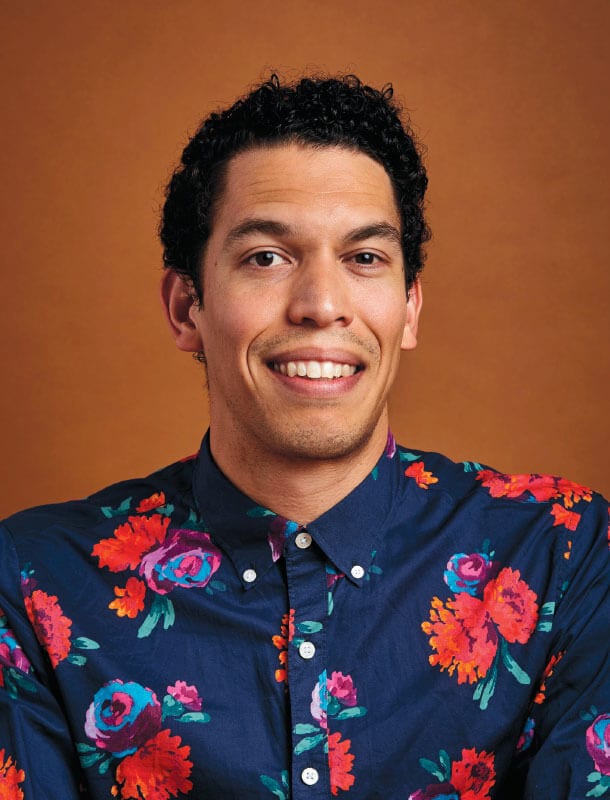
“Students want to know how to consider diversity when hiring, or how to manage a team, or are thinking about issues of fair financing.”
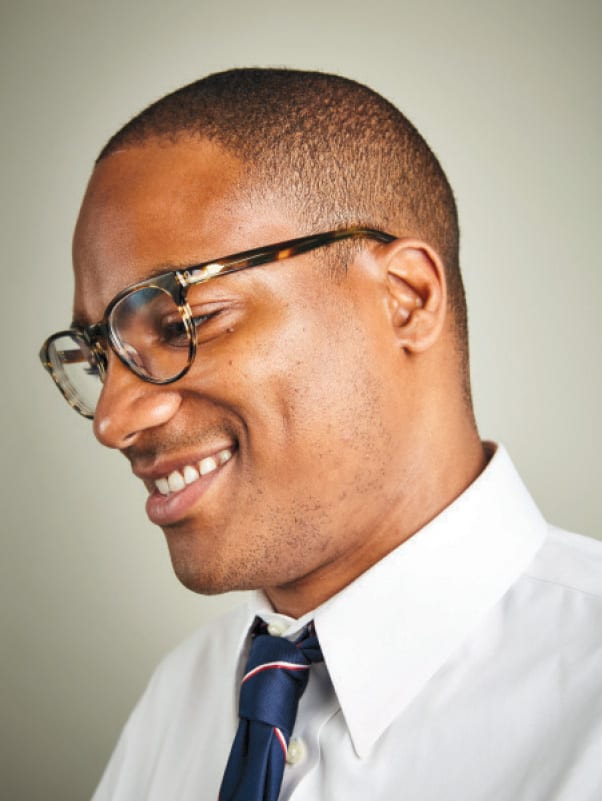
“If you accept black or brown students from diverse backgrounds and they don’t see an environment that feels welcoming, they will choose a lower-ranked school.”
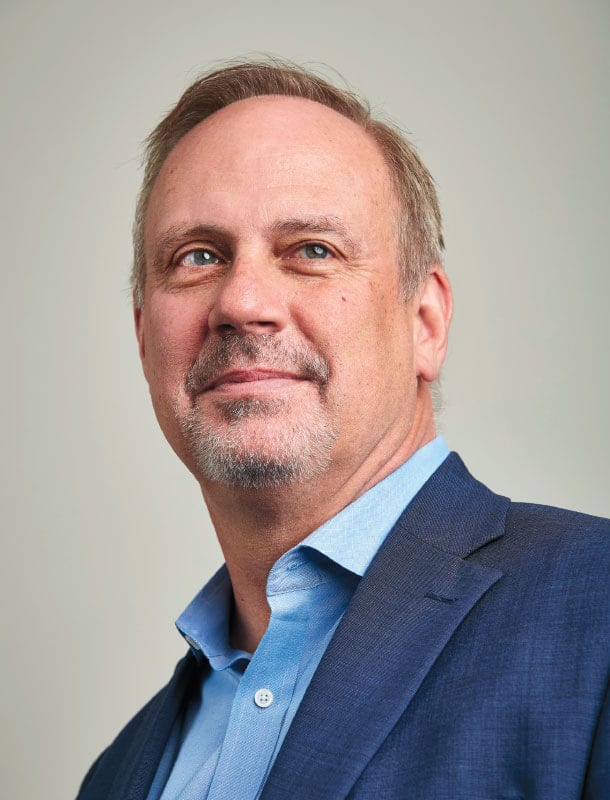
“Business schools, including Haas, have not had enough success in growing the pipeline of URM applicants.”
How we got here
To understand what’s happened at Haas over the years requires a little understanding of history. In 1996, California voters passed Proposition 209, which made it illegal for public institutions to offer admission or financial aid on the basis of race, ethnicity, or gender. That meant that Haas, as a public school, could no longer offer any scholarships earmarked for URM students, while private schools like Stanford and Harvard could.
Prop. 209 also led Haas to pull out of The Consortium in 2003—which it had joined a decade earlier—since Haas scholarships given via The Consortium only benefited URM students. The impact was a sharp decline in minority enrollment.
Under former Dean Rich Lyons, Haas rejoined The Consortium in 2010 after the organization allowed anyone with a commitment to promoting diversity and inclusion to apply, regardless of their race or ethnicity. The percentage of URM students ticked up slowly, reaching 10% by 2016, but fell the next two years.
“These students uprooted their lives to come here,” says Marco Lindsey, the former chief of staff to Lyons, who is moving into a new DEI-focused role at Haas. “They trusted us and they feel like they were given the impression that this is a place where diversity and inclusion thrive. Then, students got here and they were shocked at the demographics.”
Critics say the school should have done more to navigate around the state law. “My view is that Prop. 209 is a crutch and the school failed to live by two of its Defining Principles: questioning the status quo and going beyond yourself,” says Monica Stevens, MBA 96, a senior VP for Wells Fargo Merchant Services who recruited at Haas for many years and who founded the Haas Alumni Diversity Council in 2012. “The minority applicant pool was small because people didn’t feel welcome. It was a failure on many levels, from the top all the way down.”
Senior Assistant Dean Chandler says the leadership team failed to react quickly or urgently enough to address the drop in African American student enrollment, instead looking at the problem through an ‘academic lens.’ “We saw year-to-year variation when we should have seen a crisis,” she says. “We weren’t pushing enough to see what could change.”
Mobilization of magnitude
What followed the 2018 outcry was an all-hands-on-deck response from Haas.
Eight administrators convened at least two hours every day for a month, meeting with students, faculty, and staff to craft the DEI Action Plan (see sidebar). Chandler provided monthly public updates. “Mobilization of this magnitude hadn’t happened before at Haas in my experience,” she says.
Student leaders Tam Emerson and Matt Hines, MBA 19s, are two of several students of color whose recommendations informed the action plan. The pair met with Chandler weekly during the spring semester to discuss progress. Students also amped up recruitment efforts to let the incoming class know they’re welcome at Haas, engaging in more targeted conversations with URM prospective students and hosting extra webinars and happy hours.
In addition, Emerson urged the action plan committee to view the issue holistically. “We need to talk more about…what it looks like to make experiences more equitable for all marginalized people,” Emerson says. And inclusion—feeling represented, welcomed, and supported throughout Haas and the larger Berkeley community—is just as important.
Evan Wright, MBA 20, agrees that students being able to bring their whole identities into the classroom is crucial for Haas’ DEI efforts to succeed. “Administrators didn’t understand that if you accept black or brown students from diverse backgrounds and they don’t see an environment that feels welcoming, they will choose a lower-ranked school because you haven’t invested in making sure the campus is comfortable for them,” says Wright, a member of the newly formed Diversity Admissions Council, a group of students, faculty, staff, and alumni working toward greater admissions transparency.
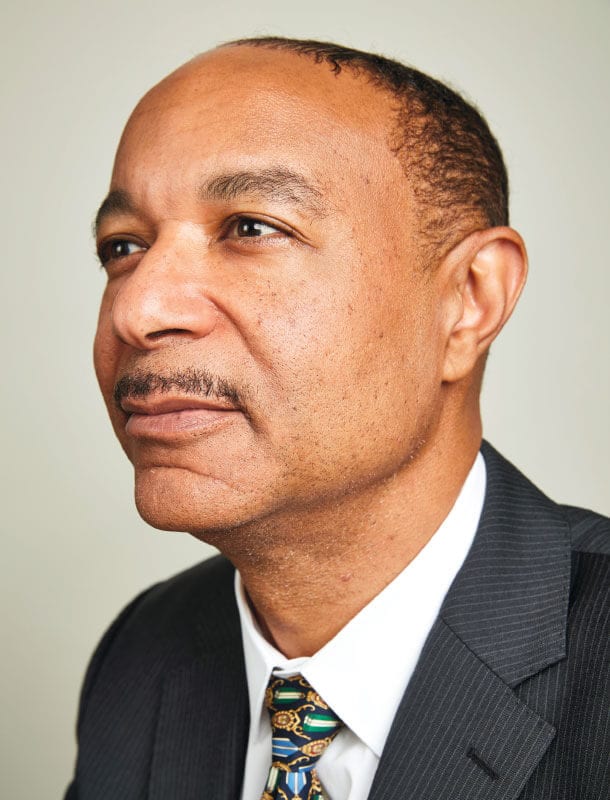
“Being able to lead diverse teams is not a skill we are born with. It’s something that all successful leaders need to learn.”
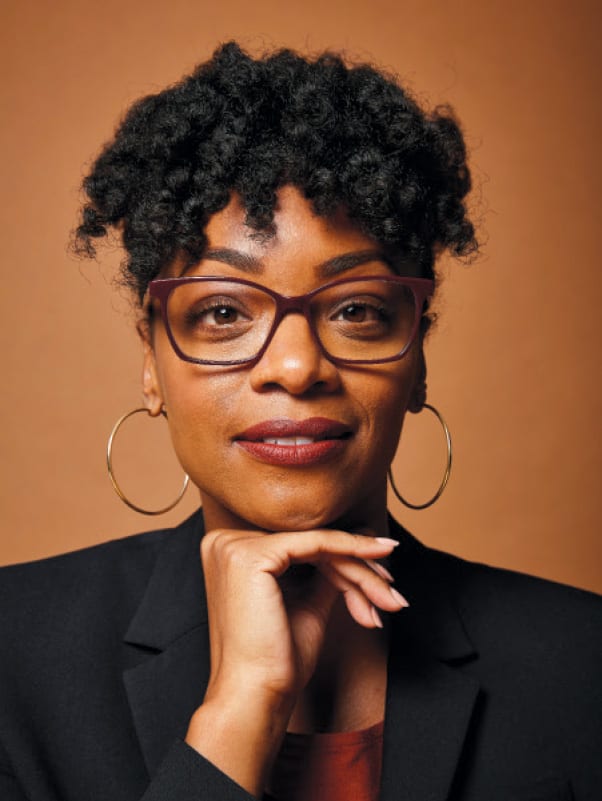
“My hope is to move diversity, equity, and inclusion discussions into the core curriculum.”
‘We all benefit from increased diversity’
Creating an inclusive environment is an ongoing process that involves everyone, not just students of color. Élida Bautista, director of inclusion and diversity, was hired in early 2018 in a new role aimed at improving DEI at Haas. She works closely with students and has made inclusion across Haas a priority. “We need non-URM students, staff, and faculty to be invested in diversity on all fronts—otherwise we keep burdening our students of color to do this work,” says Bautista. “We all benefit from increased diversity.”
Just some of the changes Haas has instituted include searching for diverse job candidates more intentionally, training staff on unconscious bias, offering tools to student groups that help them talk about DEI, providing DEI workshops for senior leadership, and connecting DEI initiatives across degree programs.
Going forward, building relationships with schools and organizations that can help Haas reach its diversity objectives is critical, says Porter, who began his chief DEI role at Haas in July. That includes partnering with Historically Black Colleges and Universities, Hispanic-Serving Institutions, and multiethnic career affinity groups to form mentoring programs that connect Haas to a broader array of applicants and connecting with those applicants earlier and more often. It also means identifying more nonprofits that award scholarships to URMs, like the San Francisco Foundation does for African American Berkeley undergrads.
“Key to our efforts will be identifying additional financial support from our alumni and corporate donors,” Porter says. “This support will give us more flexibility to do the work.”
Some of that financial support Dean Harrison will use to hire more faculty, with an eye on increasing diversity.
Asst. Prof. Drew Jacoby-Senghor, one of two African American ladder faculty at the school, says this is critical. He also says Haas’ curricula should comprehensively address the challenges that those serious about leading diverse workforces will face.
This makes business sense. In 2018, Deloitte found that inclusive teams are three times more likely to be high performing, six times more likely to be innovative and agile, and eight times more likely to achieve better business outcomes compared to their competitors who don’t prioritize having an inclusive environment.
“Students want to know how to consider diversity when hiring, or how to manage a team, or are thinking about issues of fair financing,” Jacoby-Senghor says. “Right now these things are dealt with by teaching modules, using more diverse case studies in the classroom. Students will want classes that address these issues more directly.”
One such class is Dialogues on Race, initiated and taught by students, for which Jacoby-Senghor serves as faculty advisor. “It’s a very personal, intense class and students who take it say they feel more optimistic and prepared to have these conversations outside of the classroom,” he says.
A new course, Equitable and Inclusive Leadership, taught by Lecturer Jennifer R. Cohen, was offered to executive MBA students this year. “My hope is to move diversity, equity, and inclusion discussions into the core curriculum,” she says, “because these are core leadership principles that every student should master.”
All of the past year’s efforts seem to have started to create a shift on campus this fall—and perhaps a new chapter in the Haas diversity story. Where it all leads is yet to be written, but CDEIO Porter says Haas’ goal is to educate leaders ingrained with a DEI mindset. “Being able to lead diverse teams is not a skill we are born with. It’s something that all successful leaders need to learn,” Porter says. “My vision for Haas five to 10 years down the line is that the world looks at us as the place to come to when looking for leaders who are qualified to work in and lead a diverse workforce.”
It’s a worthy and attainable goal, but improving DEI at Haas, as this student-initiated journey has shown, will take a community effort of change agents, allies, and philanthropists working to make Haas a standout among peer schools.
New student Geo Guillen, who was born in Mexico and grew up in Washington state, ultimately chose Haas for its academic strength and student activism and because he knew Haas was working to improve DEI schoolwide.
What Guillen has found so far on campus has pleasantly surprised him. “People of all walks of life, all colors. Seeing more URMs within the class made me feel more comfortable and at home,” he says. “Plenty of top MBA schools say DEI is an important aspect of their program, but not all schools publish an external DEI Action Plan. Haas was very vocal about their plan and this year is definitely a step in the right direction. So there’s hope that if Haas can do that in one year, what other initiatives can be pushed in the DEI space?”
* Consistent with UC reporting guidelines
